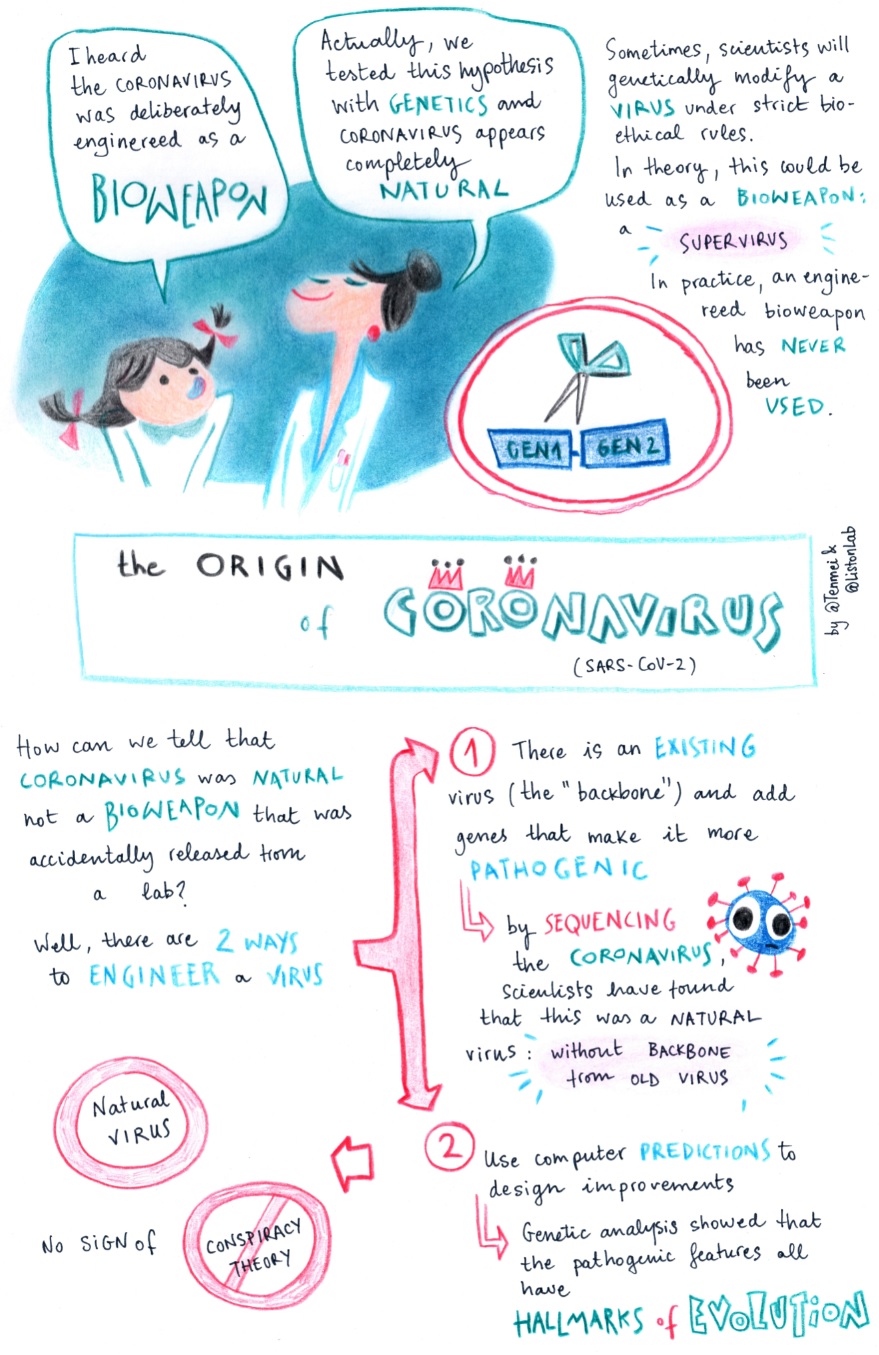Each of our immune systems acts a little bit differently. Environmental factors have an impact, but so do our genes. A team of researchers in Leuven went looking for links between more than 10 million genetic variations and more than 50 immunological traits. Their findings help to explain why some people have a higher risk for immune diseases than others.
Our immune systems are molded by our unique genetic make-up. Add to that a complex mix of environmental drivers, and you get an enormous functional diversity. From an evolutionary point of view, this diversity is essential to minimize the chance that a pathogen could wipe out an entire population.
But the flip-side is that we’re also greatly diverse when it comes to susceptibility or resistance to a broad range of diseases – not only those with an obvious immunological component, such as autoimmunity, allergy, inflammation and cancer, but also those with a more indirect link to immune-deregulation, such as cardiovascular, metabolic and neurological diseases.
A genome-wide survey
While scientists have studied the links between genetic variations and a whole range of different diseases, the characterization of this “genotype-phenotype relationship” for the immune system itself has received far less attention.
That is why a team of scientists led by An Goris (KU Leuven) and Adrian Liston (VIB-KU Leuven) undertook a large genetic study with almost 500 participants. In a so-called genome-wide association study, or GWAS, they probed more than 10 million genetic variations, spread out across the genome, for links to 54 different traits relevant to adaptive immunity. This allowed the researchers to determine which genetic variants were, for example, typical for people with high or low levels of different pro- or anti-inflammatory cytokines.
“We found eight previously unknown associations,” says An Goris, lead geneticist of the study. “The strongest connection was for a genetic variant present in only 2% of the study participants.” All of the identified genetic associations provide important biological insights into what drives variation in our immune systems.
This is only the tip of the iceberg, according to Goris: “What we know now, explains about 10% of the variation, but we are still in the initial discovery phase. There might be many more genetic variants—including relatively rare ones—that affect our immune response and thus our susceptibility to certain diseases.”
Helping to map disease risk and refine treatment
Mapping how genetic variants affect immune function will not only help us understand disease mechanism better, it should also help to refine treatment options.
“The clearest example is the clinical implication offered by genetic variation in the RICTOR gene,” explains Adrian Liston, lead immunologist on the study. “We now know that RICTOR changes the production of a cytokine called IL-4, providing a new therapeutic target for treatment of autoimmune diseases and asthma.”
In many cases, the effects are more subtle and indirect, adds Liston: “Most people will carry dozens of genetic variants that may skew the immune system in a particular direction. This accounts for part of the reason why different people have different risks for immune diseases, but we are much more than the sum of our genes.”
—
Lagou et al. 2018 Cell Reports. 'Genetic architecture of adaptive immune system identifies key immune regulators'.
 Wednesday, October 7, 2020 at 1:59PM
Wednesday, October 7, 2020 at 1:59PM  Emmanuelle Charpentier and Jennifer Doudna have just won the Nobel Prize for Chemistry. They have been my picks for the prize for years now. Nobel Prizes are often awarded decades after the fact, but CrispR has been such an obvious winner that it is a surprise it took until 2020 to be awarded. (Largely, I guess, due to the politics of several competing claims and patents, that have been going through the courts).
Emmanuelle Charpentier and Jennifer Doudna have just won the Nobel Prize for Chemistry. They have been my picks for the prize for years now. Nobel Prizes are often awarded decades after the fact, but CrispR has been such an obvious winner that it is a surprise it took until 2020 to be awarded. (Largely, I guess, due to the politics of several competing claims and patents, that have been going through the courts).  genetics,
genetics,  immunology
immunology 











